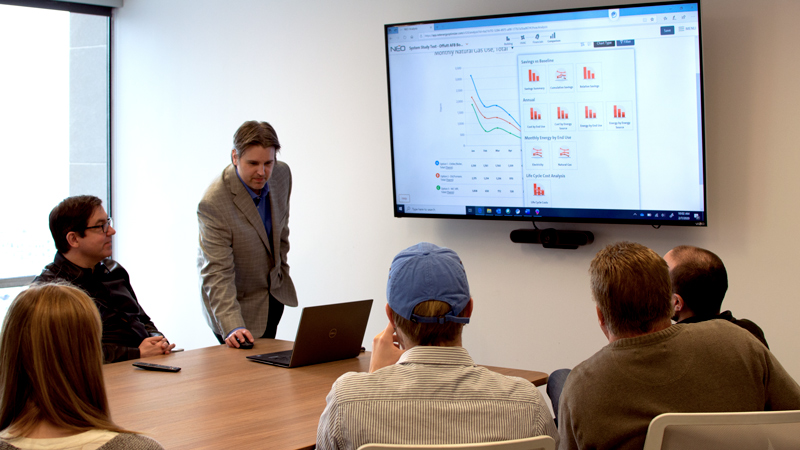Recent Articles
New Orleans Airport Named Best Airport in North America Three Years in a Row
The Louis Armstrong New Orleans International Airport (MSY) receives top award for Best Airport in North America for third consecutive year.
Adaptive Reuse Saves Embodied Carbon at Repositioned 20 Mass
Our integrated design team excels in complex adaptive reuse projects. The process of redesigning a building to support a new function utilizes our structural engineers, our systems experts, our architects and more. Our teams’ deep knowledge allows them to tackle even the most complex projects. These adaptive reuse projects create far less embodied carbon compared to demolishing and constructing a new building.
International Hotel & Property Awards Shortlist 20 Mass Royal Sonesta
LEO A DALY-Designed Royal Sonesta Capitol Hill at 20 Mass is shortlisted for the 2024 International Hotel & Property Awards.
Forbes Travel Guide Picks Two LEO A DALY Projects for 2024 Lists
Two hotels with major LEO A DALY design work have been ranked highly by Forbes Travel Guide.
Housing for Veterans Created in Tunnel to Towers Partnership
Tunnel to Towers partners with LEO A DALY to create housing for Veterans experiencing homelessness through projects in Florida and Georgia.
LEO A DALY invests in early energy modeling capabilities
Paul Henderson spoke with BD+C about a new initiative to provide clients with life-cycle and energy cost analysis early in design

The following is excerpted from the BD+C article by John Caulfield.
Paul Henderson joined LEO A DALY as its Senior High Performance Engineer last October. A veteran of the Weidt Group, Henderson, PE, BEMP, LEED AP, GGP, says he was attracted to his new empoyer for the multiple disciplines it has under one roof. But one thing was missing from its integrated design process: early energy modeling.
At his previous jobs, Henderson had done energy modeling for at least a dozen years, and had applied it
to over 200 projects. In his new position, he has not only launched an energy modeling initiative, but has been pushing the firm to include it in its proposal phase, which at the moment is rare for most AEC firms, he says.
“We actually put in real analysis numbers showing that the design would meet or achieve” code and certifica-tion standards, says Henderson. To do this, his group within the company works with the project’s mechanical engineer to conduct HVAC systems comparisons that incorporate a Life Cycle Analysis, to determine which system would perform best for that particular building.
A proposal that includes this kind of energy modeling corroborates compliance with re-quired codes. “It shows that we’ve done our due diligence concerning a client’s needs, and that we’ve done studies about these systems. It shows we have an interest in this.”
Read the full article:
